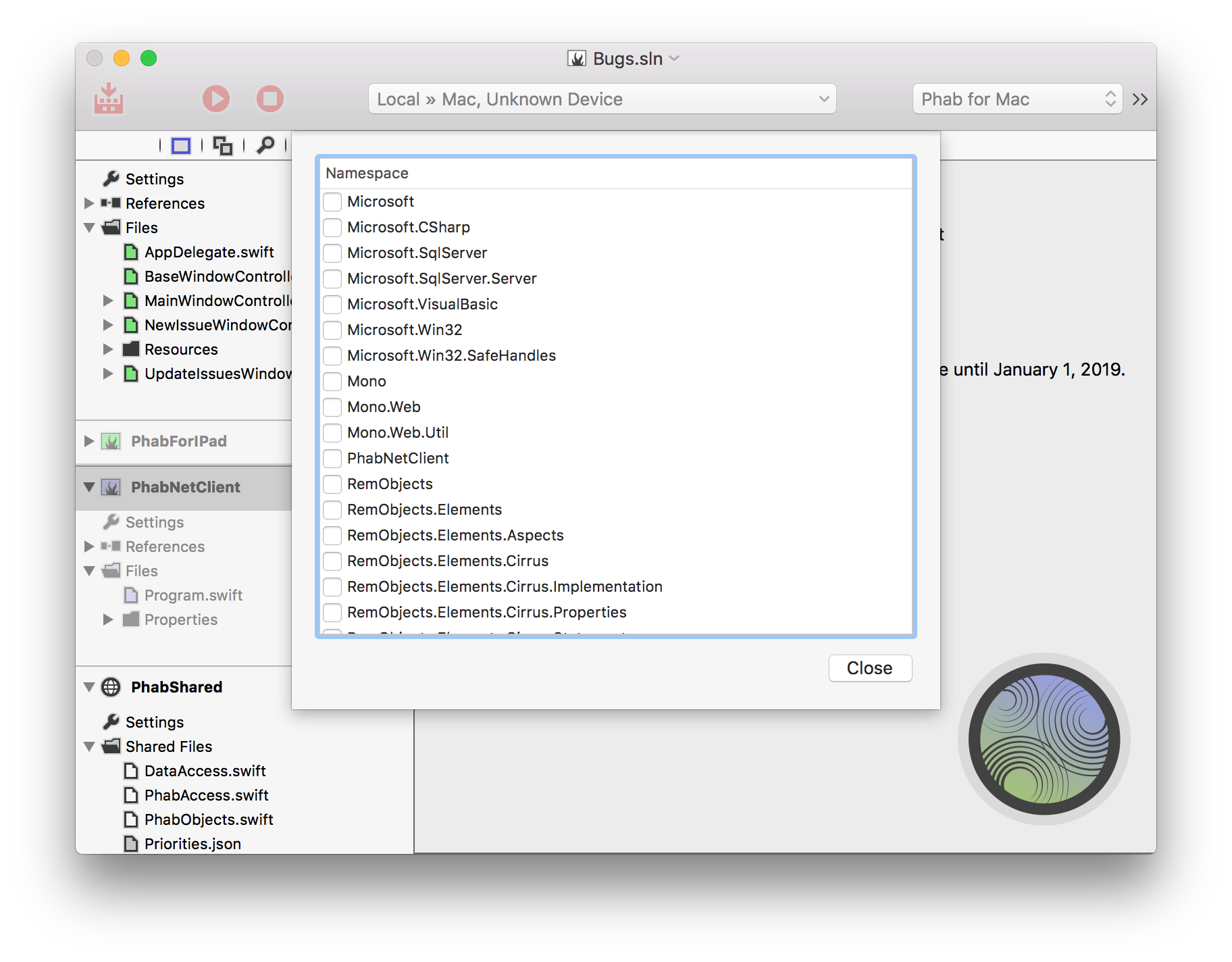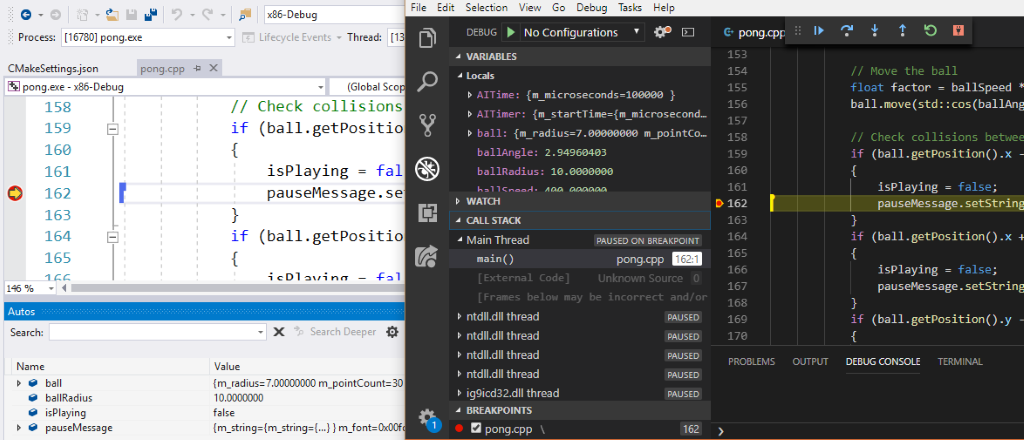- C Programming Tutorial
- C Programming useful Resources
The coulomb (symbol: C) is the International System of Units (SI) unit of electric charge. It is the charge (symbol: Q or q) transported by a constant current of one ampere in one second: Thus, it is also the amount of excess charge on a capacitor of one farad charged to a potential difference of one volt.
- Selected Reading
Pointers in C are easy and fun to learn. Some C programming tasks are performed more easily with pointers, and other tasks, such as dynamic memory allocation, cannot be performed without using pointers. So it becomes necessary to learn pointers to become a perfect C programmer. Let's start learning them in simple and easy steps.
As you know, every variable is a memory location and every memory location has its address defined which can be accessed using ampersand (&) operator, which denotes an address in memory. Consider the following example, which prints the address of the variables defined −
When the above code is compiled and executed, it produces the following result −
What are Pointers?
A pointer is a variable whose value is the address of another variable, i.e., direct address of the memory location. Like any variable or constant, you must declare a pointer before using it to store any variable address. The general form of a pointer variable declaration is −
Here, type is the pointer's base type; it must be a valid C data type and var-name is the name of the pointer variable. The asterisk * used to declare a pointer is the same asterisk used for multiplication. However, in this statement the asterisk is being used to designate a variable as a pointer. Take a look at some of the valid pointer declarations −

C# Ide For Windows 10
The actual data type of the value of all pointers, whether integer, float, character, or otherwise, is the same, a long hexadecimal number that represents a memory address. The only difference between pointers of different data types is the data type of the variable or constant that the pointer points to.

- The C-peptide test uses a sample of your blood or urine. To take a blood test, someone in your doctor’s office or a lab places a needle into a vein, usually in your forearm. You may feel a slight prick. The blood will collect into a vial or syringe. For a urine test, you will pee into a cup as instructed.
- Or Ac may refer to:. Air conditioning, technologies for altering the temperature and humidity of air; Air Cooler,; Alternating current, a type of electrical current in which the current repeatedly changes direction.
How to Use Pointers?
There are a few important operations, which we will do with the help of pointers very frequently. (a) We define a pointer variable, (b) assign the address of a variable to a pointer and (c) finally access the value at the address available in the pointer variable. This is done by using unary operator * that returns the value of the variable located at the address specified by its operand. The following example makes use of these operations −
Circa (from Latin, meaning 'around, about, roughly, approximately') – frequently abbreviated ca., or ca and less frequently c.,circ. – signifies 'approximately' in several European languages and as a loanword in English, usually in reference to a date. Circa is widely used in historical writing when the dates of events are not accurately known. C - Data Types. Data types in c refer to an extensive system used for declaring variables or functions of different types. The type of a variable determines how much space it occupies in storage and how the bit pattern stored is interpreted. The types in C can be classified as follows −.
When the above code is compiled and executed, it produces the following result −
NULL Pointers
It is always a good practice to assign a NULL value to a pointer variable in case you do not have an exact address to be assigned. This is done at the time of variable declaration. A pointer that is assigned NULL is called a null pointer.

The NULL pointer is a constant with a value of zero defined in several standard libraries. Consider the following program −
When the above code is compiled and executed, it produces the following result −
In most of the operating systems, programs are not permitted to access memory at address 0 because that memory is reserved by the operating system. However, the memory address 0 has special significance; it signals that the pointer is not intended to point to an accessible memory location. But by convention, if a pointer contains the null (zero) value, it is assumed to point to nothing.
Microsoft C# Ide
To check for a null pointer, you can use an 'if' statement as follows −
Pointers in Detail
Pointers have many but easy concepts and they are very important to C programming. The following important pointer concepts should be clear to any C programmer −
Download C# Ide
| Sr.No. | Concept & Description |
|---|---|
| 1 | Pointer arithmetic There are four arithmetic operators that can be used in pointers: ++, --, +, - |
| 2 | Array of pointers You can define arrays to hold a number of pointers. |
| 3 | Pointer to pointer C allows you to have pointer on a pointer and so on. |
| 4 | Passing pointers to functions in C Passing an argument by reference or by address enable the passed argument to be changed in the calling function by the called function. |
| 5 | Return pointer from functions in C C allows a function to return a pointer to the local variable, static variable, and dynamically allocated memory as well. |